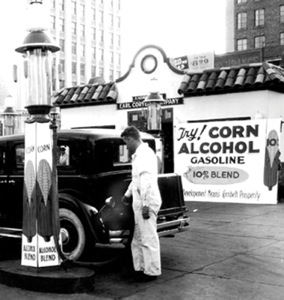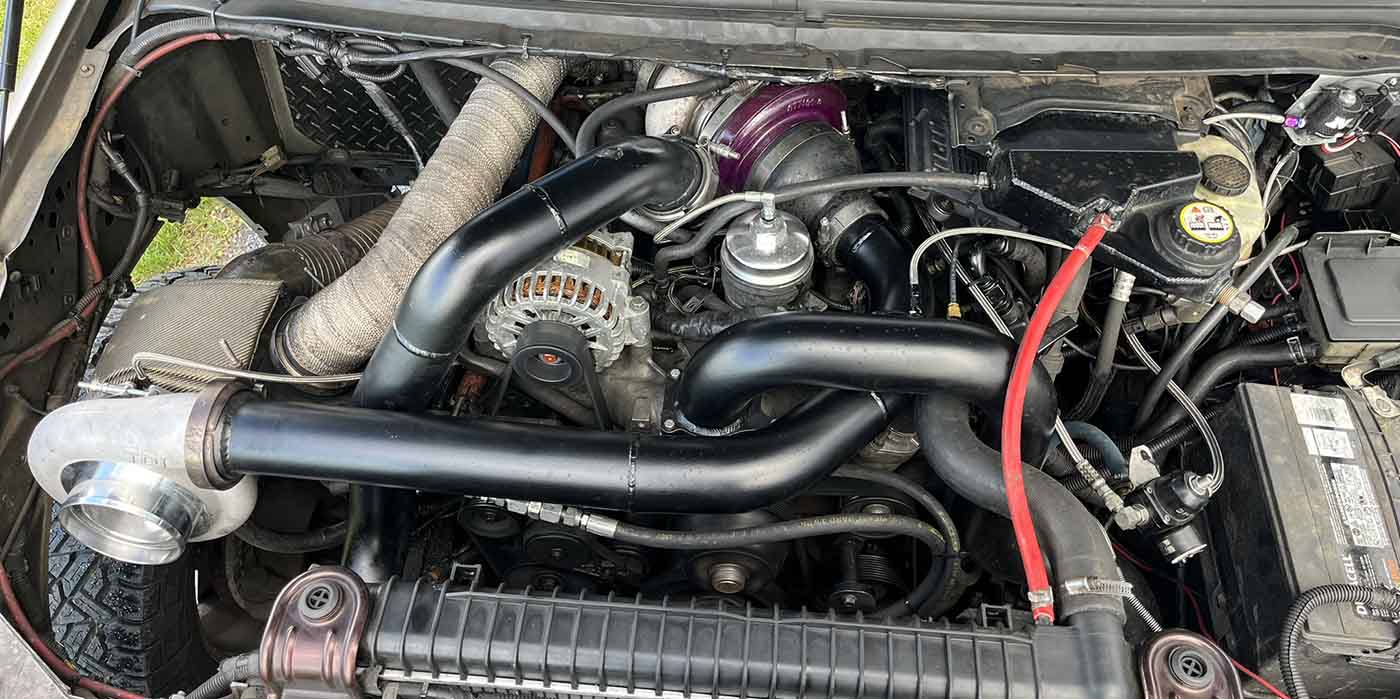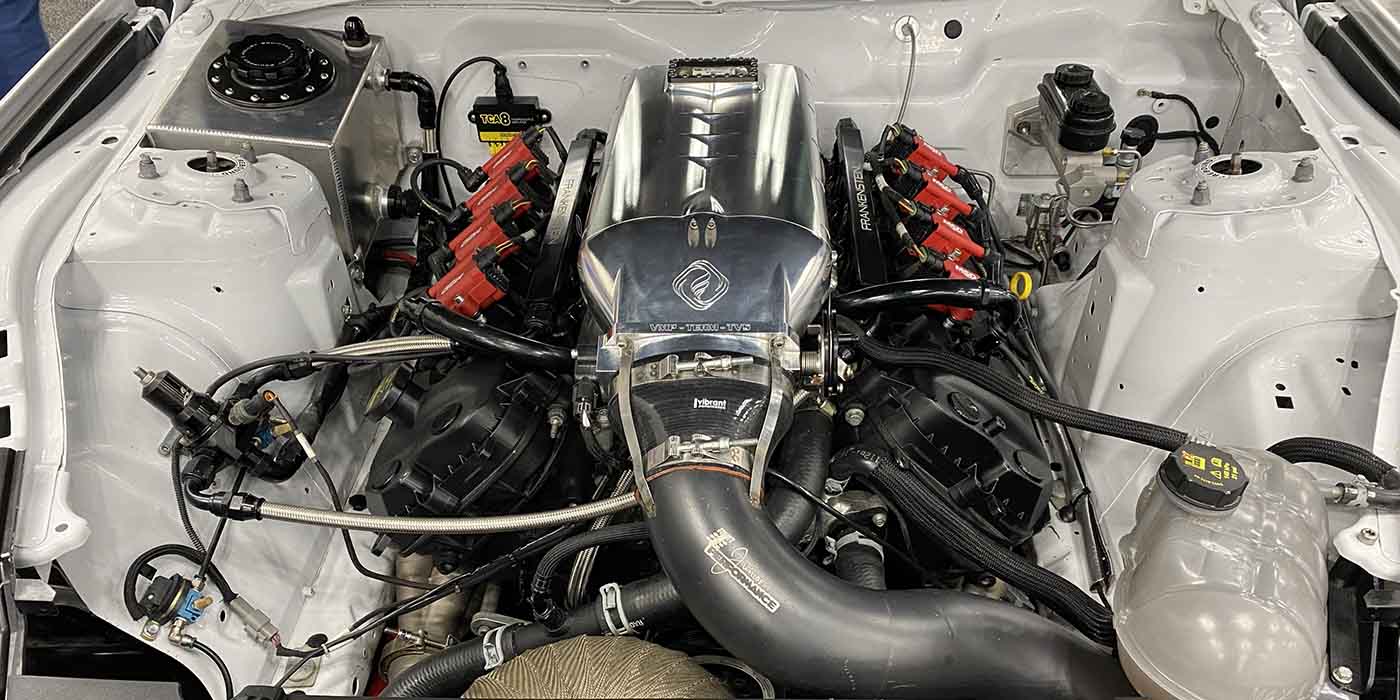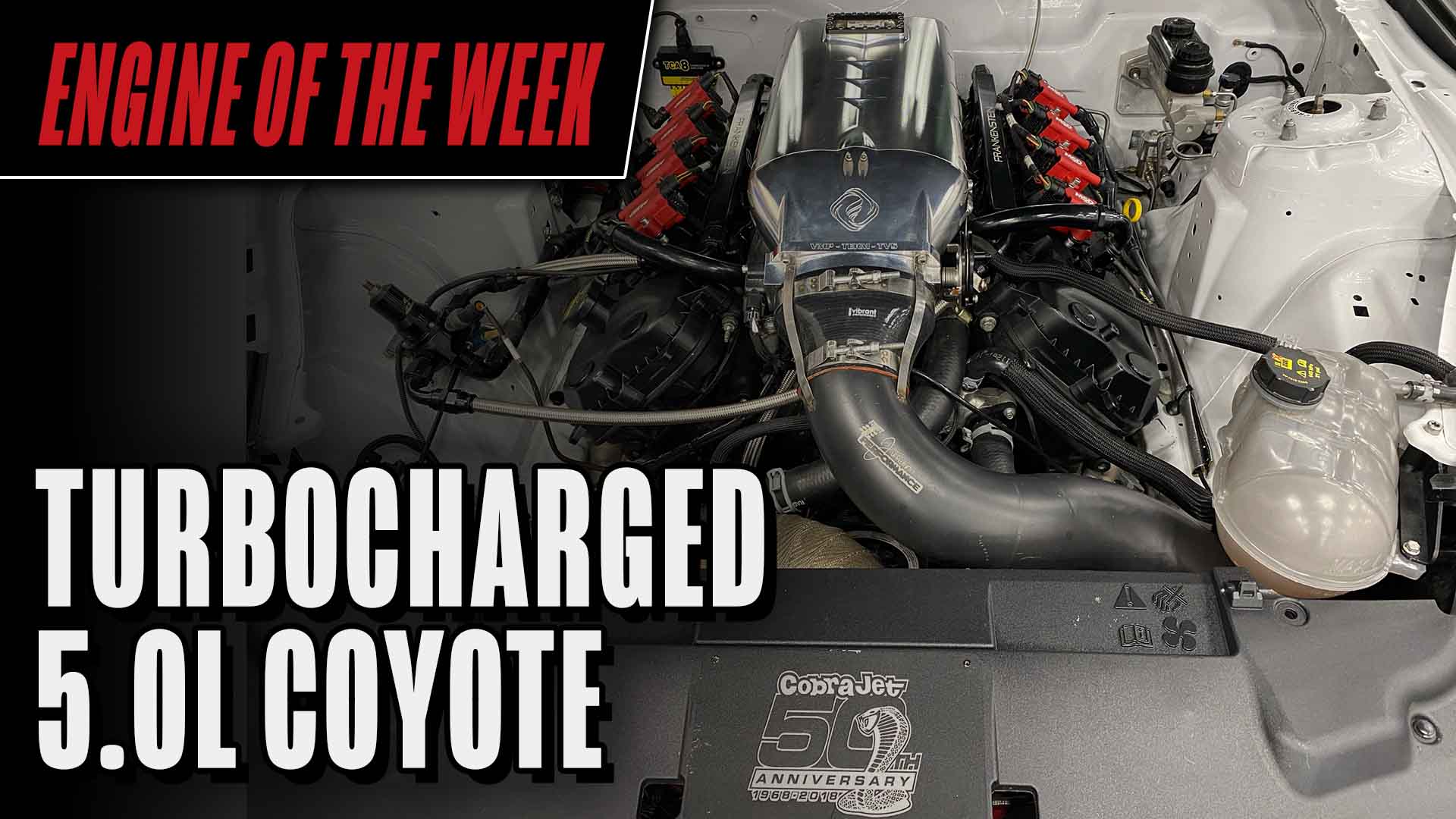That was a cause for concern. Despite advantages of cleanliness and high antiknock rating, there were supply problems. In 1921, about 100 million gallons of industrial alcohol supply was available. In reality, enough corn, sugar cane and other crops were available to produce almost twice the 8.3 billion-gallon per year demand for gasoline.
Thus, the supply of an alcohol-based additive would not have been the problem that GM engineers apparently assumed that it would have been.
To promote the idea of alcohol-blended fuels among automotive and chemical engineers, Midgley drove a high compression ratio (for those days) automobile from Dayton, OH, to Indianapolis, IN, for an October 1921 SAE meeting using a 30% alcohol blend.
This occurred just two months before tetraethyl lead was discovered. “Alcohol has tremendous advantages and minor disadvantages,” Midgley told fellow SAE members in a discussion.
Advantages included “clean burning and freedom from any carbon deposit… (and) tremendously high compression under which alcohol will operate without knocking…
Because of the possible high compression, the available horsepower is much greater with alcohol than with gasoline…” Minor disadvantages included low volatility, difficulty starting, and difficulty in blending with gasoline “unless a binder is used.”
In a formal part of the presentation, Midgley mentioned the cellulose project. “From our cellulose waste products on the farm such as straw, corn-stalks, corn cobs and all similar sorts of material we throw away, we can get, by present-known methods, enough alcohol to run our automotive equipment in the United States,” he said. The catch was that it would cost $2 per gallon. (Gasoline was selling for about 28 cents a gallon at the time.)
Meanwhile, leaded gasoline was perfected on Dec. 9, 1921, at the GM research labs in Dayton. During the time, Kettering and Midgley researched anti-knock fuels (1916 to 1925), and especially after tetraethyl lead was discovered in December 1921, there were two “ethyls” on the horizon for GM:
The first ethyl “premium” gasoline went on sale in Dayton in the spring of 1923. GM formed the General Motors Chemical Co. with Kettering serving as chairman and Midgley as president. GM then approached Standard Oil of New Jersey and the two companies formed the Ethyl Gasoline Corp. Since DuPont was a one-third owner of GM at the time, the three major corporations all had a hand in the development and marketing of leaded gasoline.
Interestingly, Kettering and Midgley came up with another fuel called “Synthol” in the summer of 1925, at a time when the fate of leaded gasoline was in doubt. Synthol was made from alcohol, benzene and a metallic additive — either tetraethyl lead or iron carbonyl. Used in combination with a new high compression engine much smaller than ordinary engines, Synthol would “revolutionize transportation.
“Looney Gas”
However, an explosion at a Standard Oil Research Lab in October 1924 left 35 men seriously ill from breathing tetraethyl lead fumes. Eight men went to the hospital, where five of them died, one in a straightjacket. He had gone madly insane.
Newspapers across the country headlined the effects of “Looney Gas” and a nationwide panic ensued. The state of New Jersey immediately banned the sales and manufacturing of the new ethyl gasoline. Sales across the country collapsed.
To make matters worse, rumors began to circulate about motorists who had literally gone insane while motoring. The series of events began to have an effect on the national economy. Besides the technology advances, the gasoline market was extremely lucrative.
GM and Standard hesitated, hoping to ride out the storm of controversy. Meanwhile six more men died from injuries related to the explosion. GM quickly ordered production stopped and all sales of the product halted immediately.
Scientists at the DuPont Company were well aware of the danger in manufacturing the new ethyl gasoline, but also had determined it was safe for the customer in its diluted form as used in gasoline (which was 1/10th of 1% by volume).
A federal committee was appointed to investigate came to the same conclusion. DuPont was willing to accept the risks and there was no danger to the general public. Within a year, an intensive advertising campaign was launched and ethyl gasoline was back on the market. When ethyl leaded gasoline was permitted to return to the market, Kettering and Midgley dropped the Synthol idea.
By the mid-1930s, the alliance between General Motors, DuPont Corp. and Standard Oil to produce ethyl leaded gasoline succeeded beyond all expectations: 90% of all gasoline sold in the U.S. at that time contained lead. Public health crusaders who found this troubling spoke out in political forums, but competitors were not allowed to criticize leaded gasoline in the commercial marketplace.
Ethyl lead additive became the additive of choice for automotive gasoline and who remain as the additive of choice for the next 50+ years. Finally, the lead would be removed in gasoline beginning in the 1970s, although not because of the lead itself. It would be because of the exhaust emissions and air pollution standards.
Sometimes the new ideas are not all that new.














